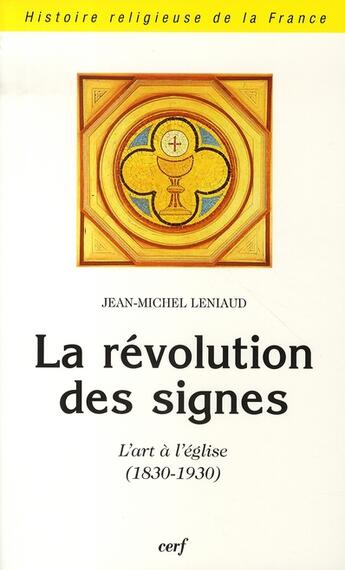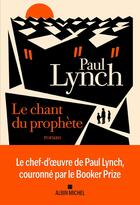Résumé:
Rassemblant une trentaine d'études sur l'art religieux des XIXe et XXe siècles, " La Révolution des signes " entend expliquer la diversité apparente des styles à l'église après l'abandon de ce qu'il est convenu d'appeler le néo-classicisme. D'autres ouvrages l'ont fait avant lui, notamment à... Voir plus
Rassemblant une trentaine d'études sur l'art religieux des XIXe et XXe siècles, " La Révolution des signes " entend expliquer la diversité apparente des styles à l'église après l'abandon de ce qu'il est convenu d'appeler le néo-classicisme. D'autres ouvrages l'ont fait avant lui, notamment à partir des années 1930, mais dans un dessein polémique : il s'agissait de dénoncer l'incapacité supposée du XIXe siècle à trouver un style pour l'église et d'en déduire un manque d'authenticité de sa part dans l'expression de sa foi. On constate, au contraire, que la multiplicité des styles historiques (gothique, roman byzantin, etc.) exprime la détermination du catholicisme à accompagner étroitement toutes les aspirations du temps : la passion pour l'histoire nationale, pour l'Orient, pour l'archéologie, pour l'industrie et ses nouveaux matériaux, l'ambition de démocratiser les connaissances et le goût de l'oeuvre d'art. Mais on observe plus encore, dans cette chronologie séculaire que marque le passage du néo-gothique vers l'abstraction, une tendance qui conduit d'une époque, les années 1830, passionnée par la multiplication des images, des couleurs et des sujets, à une progressive raréfaction, intellectualisation et non-figuration : la " révolution des signes ". La seconde moitié du XVIIIe siècle avait déjà connu ce phénomène qu'inverse le romantisme : le primitivisme néo-paléochrétien qui se profile avec l'avancée du XXe siècle se combine avec un effort qui vise au rejet de l'ornement et conduit à la modernité. Au total, de Viollet-le-Duc au père Couturier, l'art à l'église, au long du siècle qui court jusqu'aux années 1930, révèle une vitalité prodigieuse dont l'héritage s'impose au XXIe siècle. -- In assembling thirty-odd essays on the religious art of the 19th and 20th centuries, the aim of 'La revolution des signes' is to explain the apparent diversity of church styles following the abandon of what is generally called the neo-classical style. Other books, prior to the this one, have done likewise; notably from the 1930s onward, but with a polemical agenda: they aimed to denounce the supposed incapacity of the 19th century to find a style for Churches, and to deduce from this observation a lack of authenticity in the expression of faith. But on the contrary, we may note that the multiplicity of historical styles (Gothic, Roman Byzantine, etc.) reveal the determination of Catholicism to remain in keeping with the aspirations of the times: the fervour for national history, the Orient, archaeology, industry and its new materials, and the ambition to democratise knowledge and the enjoyment of art. But what is even more remarkable in this secular chronology, which spans the passage between the neo-gothic and abstraction, is a trend that leads from one period, the 1830s - obsessed with the proliferation of images, colours and subjects - to a gradual rarefaction, intellectualisation and non-figurative style: the 'revolution of signs' which provided this book with a title. The second half of the 18th century had already experienced this phenomenon, which was reversed by Romanticism: the neo-palaeochristian primitivism which emerged with the advance of the 20th century combines with an attempt to reject ornamentation, leading to modernity. All in all, from Viollet-le-Duc to Father Couturier, church art, over a period of one hundred years ending in the 1930s, displays a prodigious vitality whose heritage can still be felt in the 21st century.















